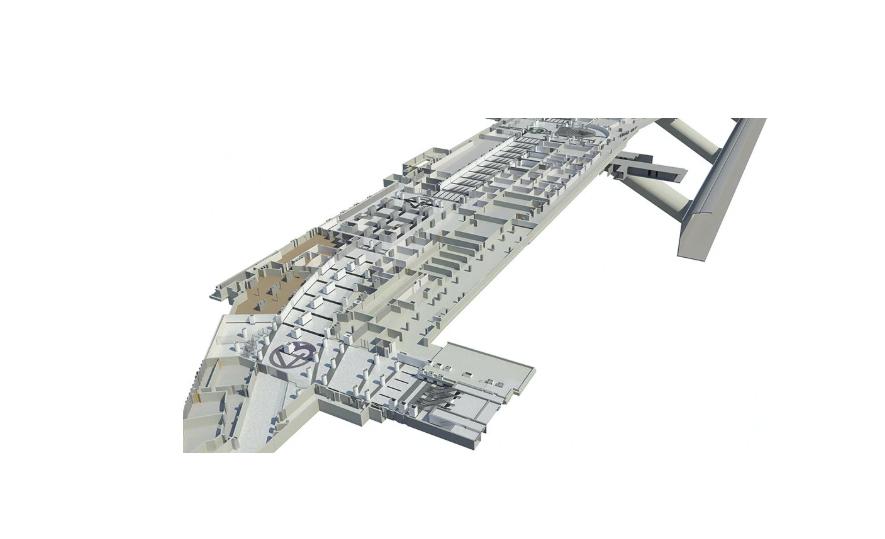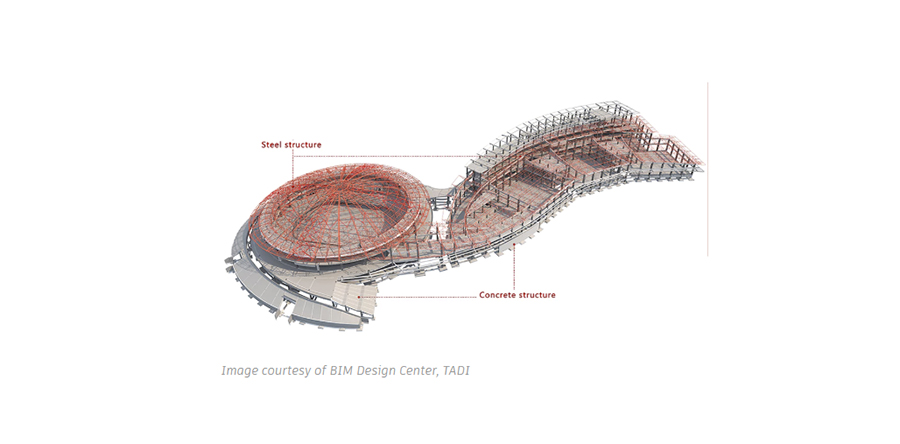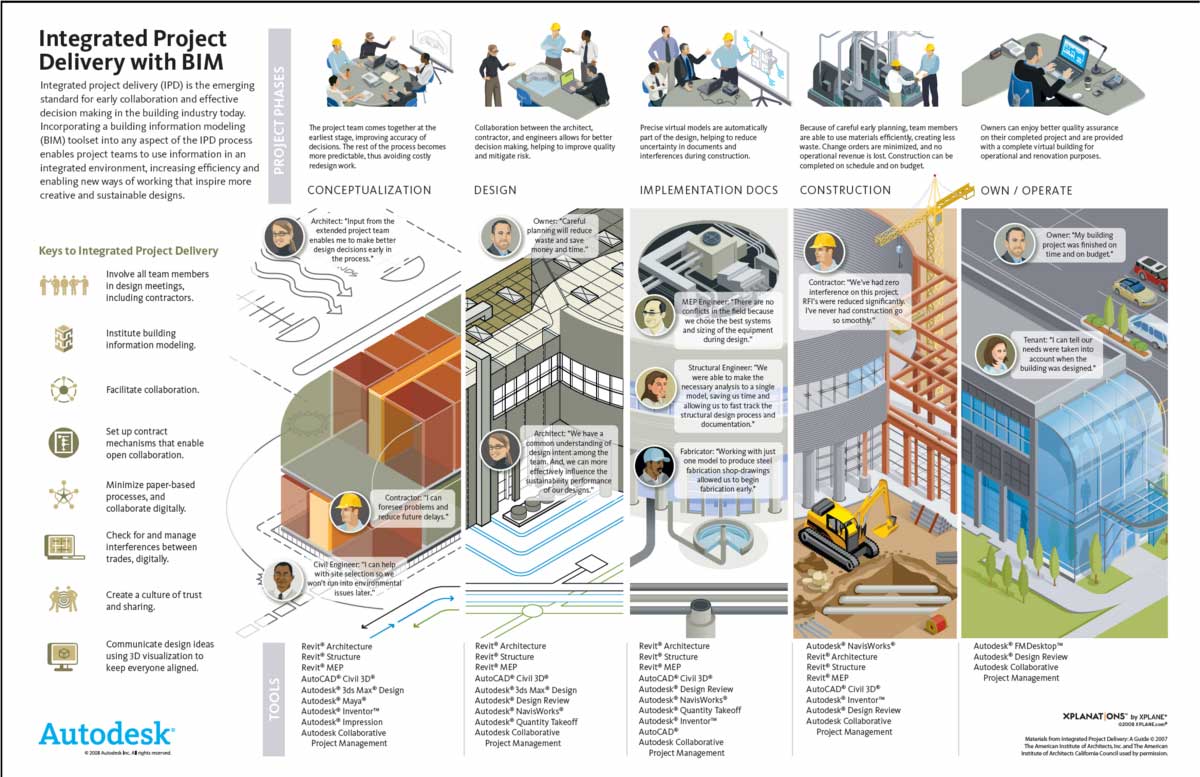Artificial intelligence and the Architecture Trends of 2018
publicat in: General // Publicata pe 17.12.2019
Artificial Intelligence in architecture
Some architectural trends for 2018, as predicted by the North American experts, promote a balance between newer and older technologies in the field of artificial intelligence as working tools and the intense involvement of humans in the final decisions of every project. Without attempting to exhaust the subject we will refer to some major trends of this resultative, yet complicated associations. Here they are:
1. The metamorphosis of the sale space is an idea generated by the "conflict" between the direct sale from brick-and-mortar stores and the online sale. This promotes the reconfiguration of commercial spaces, by underlining the benefits of a genuine direct sale against the impersonal virtual sale.

2. Redesigning office space to increase productivity. Calculations are made to maximize staff performance in terms of budget reduction.
3. Integrating the new into this context. As something that occurred earlier, this trend will be major in 2018. New building will integrate into the existing landscape, both in the natural and the already built.
4. Interior spaces closer to nature. The idea of gardens placed on roofs is not new, it will catch in 2018 and for indoor spaces this means creating special green areas on the premises.

5. Increasing the level of use of High Tech technologies in construction. This idea must be underlined as it is already at the crossroad between human creativity and increasing performance of artificial intelligence. AIA (American Institute of Architects) experts promote a future that modifies the concepts of design and construction of buildings of any kind. Artificial intelligence systems as well as automation focus on machines able to provide support for human decision-making processes. Even if artificial intelligence progress is obvious, it still requires human supervision. With the support of current intelligent systems, team communication, core of BIM (Business Information Modelling) Technology asserts its potential to control the lifetime of buildings.
Project in BIM execution
The chain client-architect-engineer-entrepreneur-builder, imagined and supported by BIM technology, allows sharing the entire set of information needed to take decisions. Once the digital representations of functional and physical characteristics of built-in spaces are achieved, they help decision-making processes throughout the construction lifetime. BIM technology determines trends in the AEC industry (Architecture – Engineering – Construction) in a way that they work more efficiently with integrated information streams.
The main advantages of using BIM technology are:
Designing architectural projects as an easier way to understand, by shaping processes and optimizing solutions. The result is a building closer to the customer's requirements. BIM allows design teams to execute projects in the most practical versions.
By improving the collaboration between the design and execution teams, this allow a considerable reduction of work devoted to restoring elements of the project, at the same time bringing down costs.
Increasing benefits by reducing design errors, reducing communication time between teams, delivering quality projects for an extended confidence and satisfaction.

This "cloud-based" technology that uses Internet as medium for a software platform, followed by uploading information as folders to be later accessed by other users it will provide BIM with a practical help.
There are already 17 states in Europe that started implementation of BIM technology and are currently in various stages. 3-D Printing technology and Atria Systems – World Building Design Guide, which we will discuss later are also trendy for 2018.
PIATRAONLINE is once more "generating inspiration", by welcoming and supporting the implementation of artificial intelligence in Romania’s modern architecture. We feel that this BIM technology, already embraced by countries such as Poland, Czech Republic, Slovakia, Portugal, Baltic sates, would bring our architecture the technological support that Romanian creativity needs.